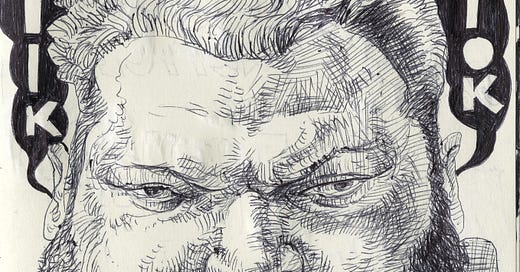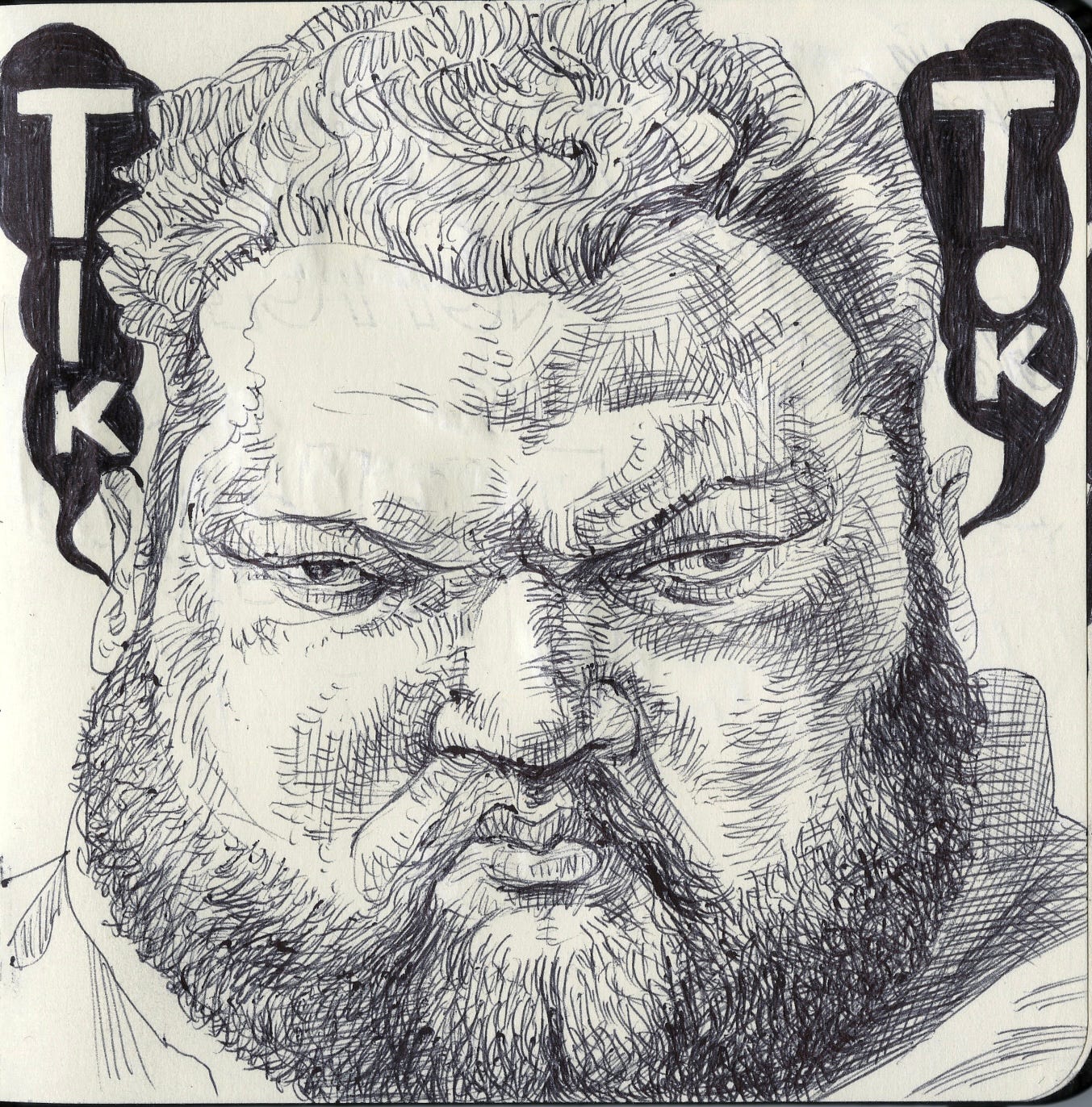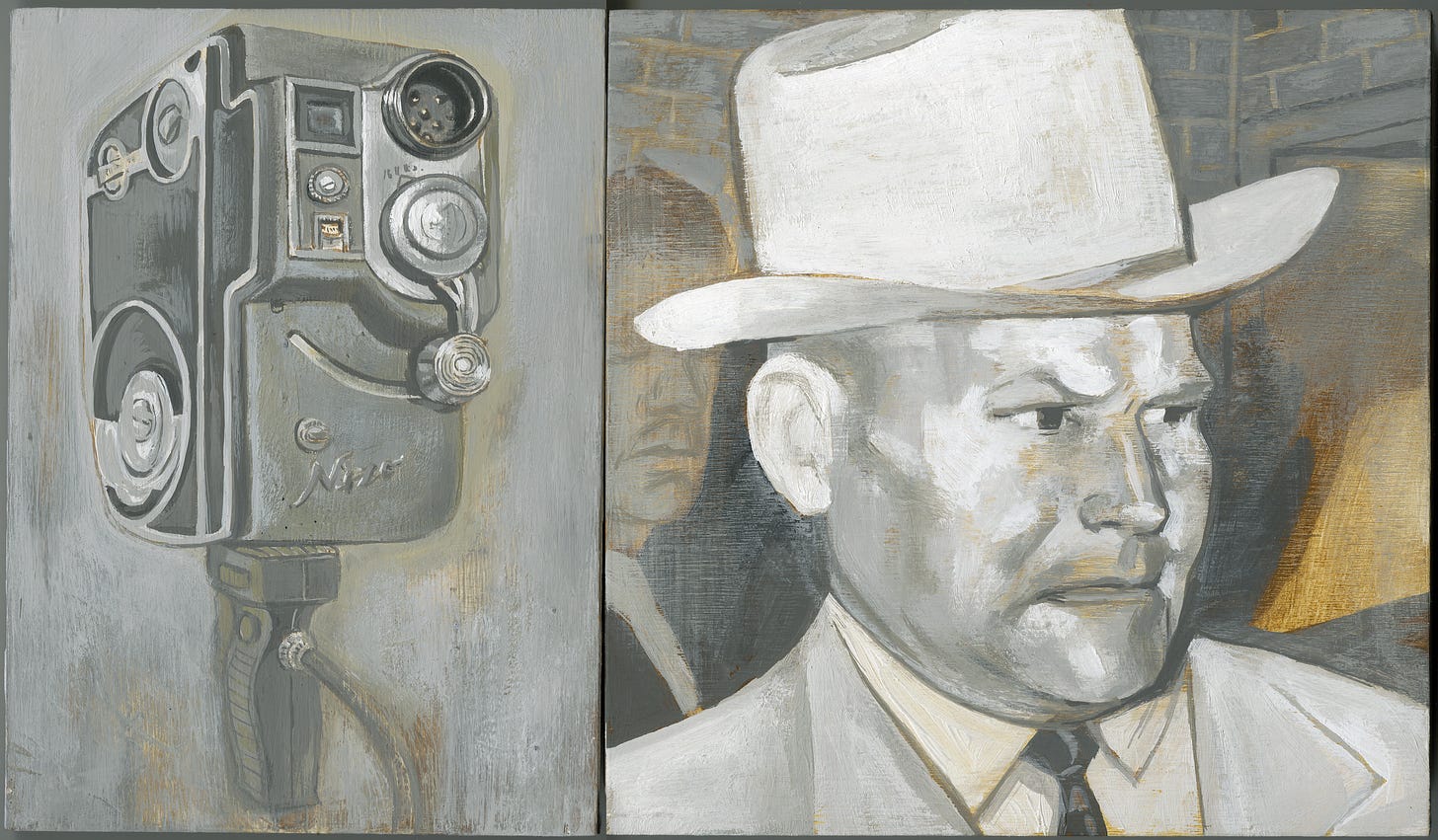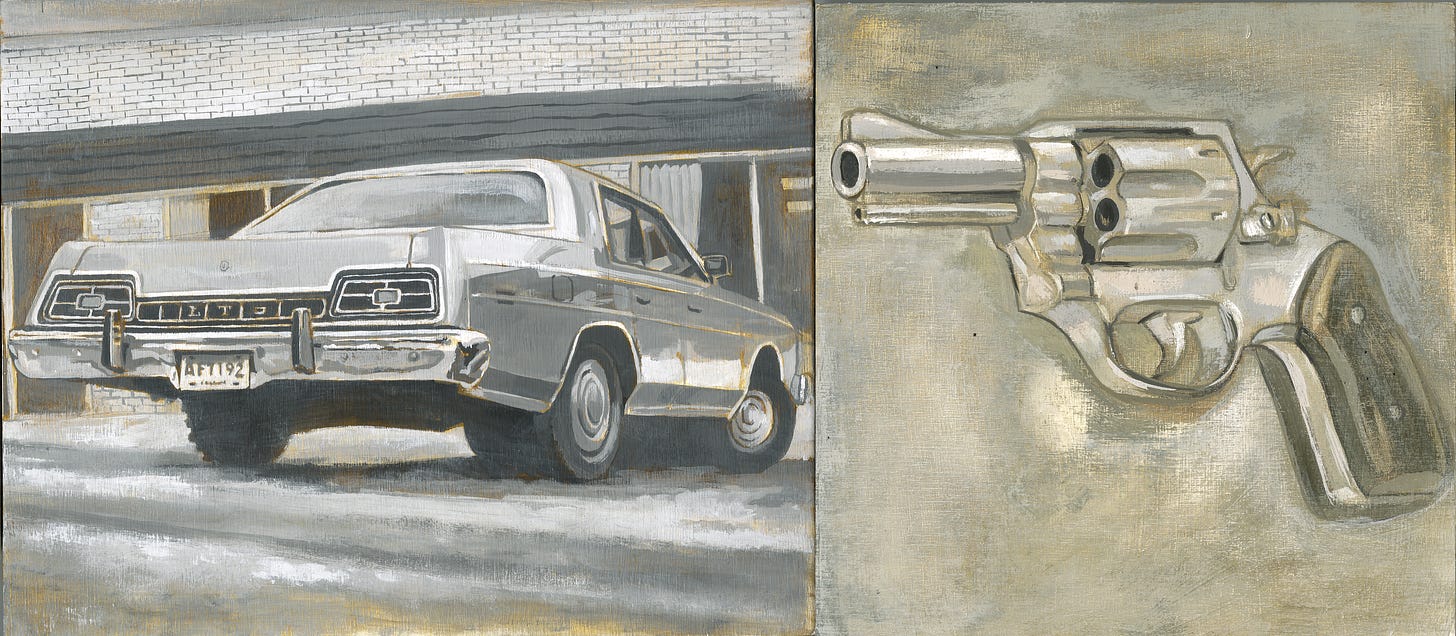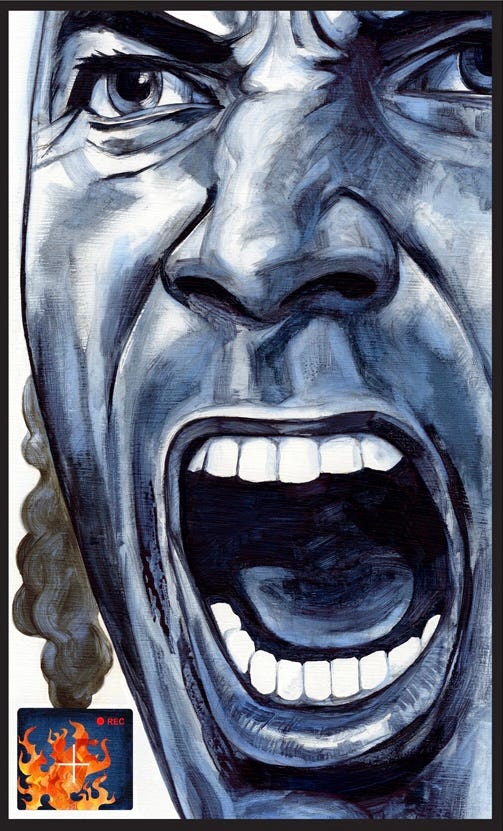Our social dialogue today is dominated by ideas that deal with viewpoint. Standpoint epistemology, which posits that one’s social position relative to systemic power offers insight or unique access to knowledge is a great example of this. A good discussion around this theory is linked here, and has Yascha Mounk in discussion with Rachel Fraser, an associate professor in Philosophy at Oxford. Fraser shares a quote from Patricia Hill Collins, who she describes as a black, feminist standpoint theorist and Fraser notes…
One of the things that is incredibly striking about this is just how similar it is to things that John Stuart Mill says in his defense of free speech. The idea is that it is precisely by testing ideas against competing viewpoints that you will arrive at the most attractive and most epistemically respectable picture of things.
It’s the view, the picture, and the lens we use to see through as consistent visual metaphors that is my interest here. Drawing is thinking arrayed on paper and made tangible. Forget the attempt at resemblance between the subjects features and proportions and the drawn image. I am interested in how the decisions are made, to see how a student thinks through the problem of drawing. These are not people learning to draw, rather they are learning to think through drawing and some of their challenges are shared by all of us.
Our antidote to the problem of learning to think is completely wrong. Uni’s and Colleges are investing in the ‘promise’ of online learning. We are attempting to take an education system built around faculty engaging with students in person and transform it to take on a new mission. Universities and Colleges are the equivalent of a gas guzzling car, and they argue, we must move to a hybrid—a sensible Prius, but they are competing in a world of Teslas, and the competition doesn’t care that ‘self-driving’ will send you into a wall.
This cyclops online culture is what got us into this mess and we’re steering into the skid with our eyes glued to the screen. The challenge that my students experienced this week in a 2 minute life drawing on a sheet of newsprint was depth. Not the illusory construction of depth on a 2D plane, but the primacy of the surface of things, the hard wired human need to close the circle. We are dimensional beings and we mouth breath the word embodied without the profound meaning it conjures.
In the book Deviate: The Science of Seeing Differently, the neuroscientist Beau Lotto develops his thesis that “the brain never sees the world as it actually is, only the world that is useful to see.” He connects exploration and uncertainty in this video as necessary aspects of creativity and describes science and art as “different methodologies for applying the same underlying principle way of being, play with intention.” He uses ‘play’ and I would use drawing as a central practice in building capacity for uncertainty—-the creative exploration necessary to forge a path through complexity. It’s not in certainty, in the smooth flat surface the world presents to us, it is changing our viewpoint, moving our perspective and seeing the depth and the breadth of the road ahead that we can determine our next steps.

